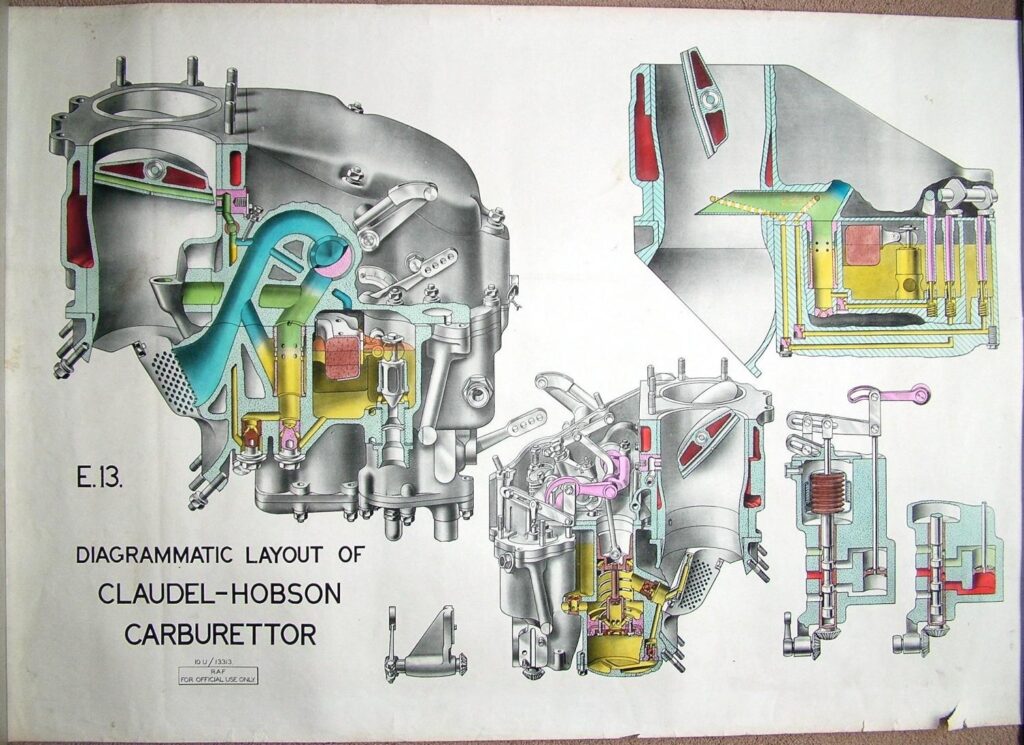- Joined
- Mar 28, 2021
- Messages
- 132
I'm ready to change my carb setup and I'm looking to get the current wisdom on all the best carb setups out there along with the the good, bad, and ugly of each. I read the old threads and I didn't see any recent updates on this that compared the merits of each setup.
I'm getting my engine rebuilt and with that I want to mate it with the very best nee carb setup out there. It seems the common options are dual Amals (current setup that is failing me), single Mikuni, dual Mikunis, or the Dual Keihin Flat Slide FCR 35.
Right now I'm leaning towards the Keihins but am really not sure yet. Matt at cNw will be installing and tuning whatever I end up getting so I'm sure I'll be getting the best of whatever I choose. I just need some help figuring out the best choice. (@BrianK I wonder if you are still happy with yours)
On this particular issue I'm willing to spend whatever it takes to get the best setup with regards to great performance,.usability, and easy maintenance. I would love a "set it and forget it" carb but I know that doesn't exist. I'd like something that is as close to that as I can get though so I'm not having to clean and fiddle with my carbs a lot.
I understand the Keihins are more expensive, but cost aside do they beat out the Mikunis and Amals on all categories? Are they harder to start up and get the bike warm?
Does one of the carb setups start easier over others? And does one of the carb setups shine for delivering even power from 1000 to 7000 RPMs?
Matt is recommending the single Mikuni or dual Keihin but I see some people go with the dual Mikuni instead of single..
Am I asking the right questions?
In other words, if money is no object what's the best carb setup for a 73 Commando 850 with an owner that tries his best but isn't a carb expert?
Thanks for the advice!
I'm getting my engine rebuilt and with that I want to mate it with the very best nee carb setup out there. It seems the common options are dual Amals (current setup that is failing me), single Mikuni, dual Mikunis, or the Dual Keihin Flat Slide FCR 35.
Right now I'm leaning towards the Keihins but am really not sure yet. Matt at cNw will be installing and tuning whatever I end up getting so I'm sure I'll be getting the best of whatever I choose. I just need some help figuring out the best choice. (@BrianK I wonder if you are still happy with yours)
On this particular issue I'm willing to spend whatever it takes to get the best setup with regards to great performance,.usability, and easy maintenance. I would love a "set it and forget it" carb but I know that doesn't exist. I'd like something that is as close to that as I can get though so I'm not having to clean and fiddle with my carbs a lot.
I understand the Keihins are more expensive, but cost aside do they beat out the Mikunis and Amals on all categories? Are they harder to start up and get the bike warm?
Does one of the carb setups start easier over others? And does one of the carb setups shine for delivering even power from 1000 to 7000 RPMs?
Matt is recommending the single Mikuni or dual Keihin but I see some people go with the dual Mikuni instead of single..
Am I asking the right questions?
In other words, if money is no object what's the best carb setup for a 73 Commando 850 with an owner that tries his best but isn't a carb expert?
Thanks for the advice!


